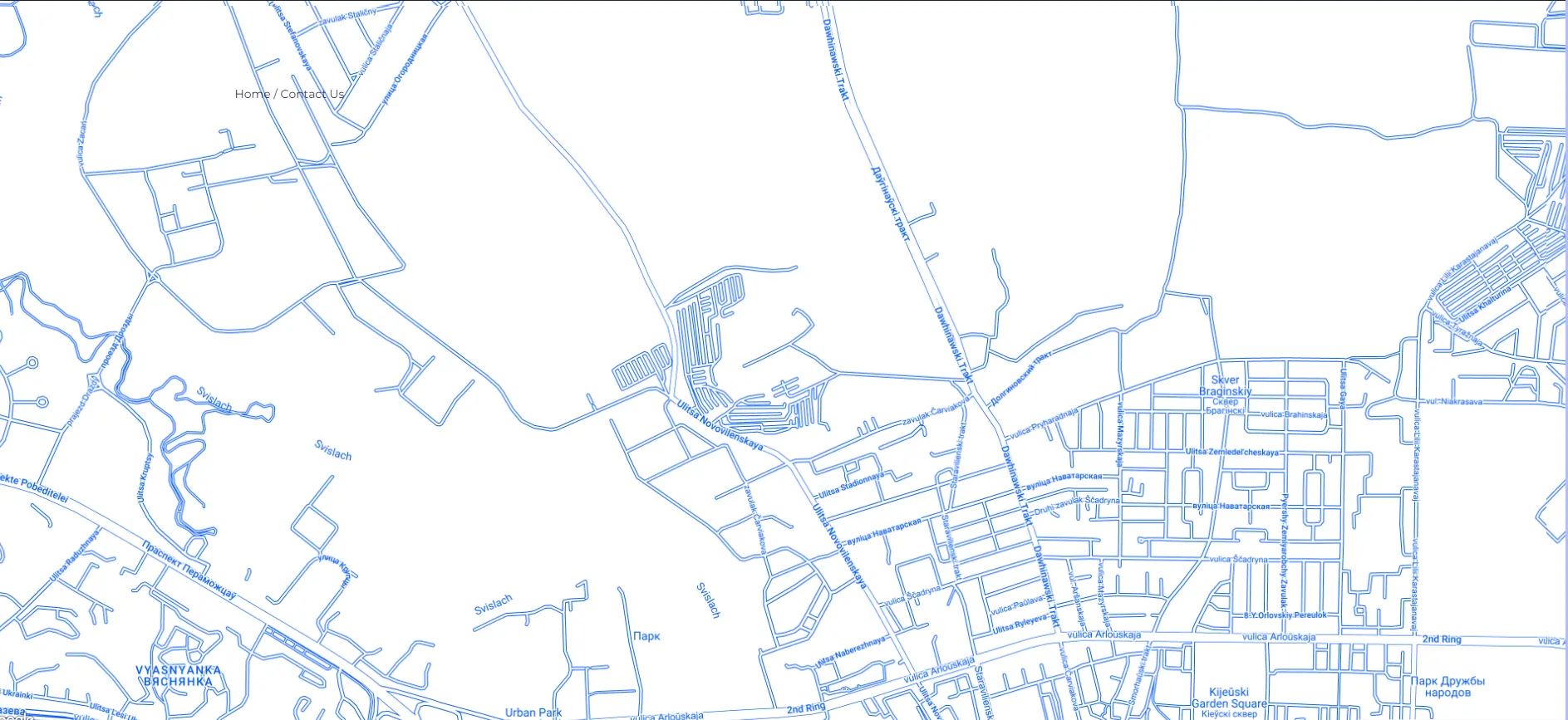Intellectual property (IP) is an object of ownership significant for economic development and innovation. It is difficult to overestimate the importance of protecting intellectual property right, especially in rapid technological development. Belarus, as a country with a growing economy and high potential in science and technology, is actively developing the legislative framework and institutions responsible for protecting intellectual property.
In this article, we will look at the intellectual property system in Belarus, the types of contracts for disposing of intellectual property objects, and changes in the IP system.
Why is it Important for IT Companies to Have an Understanding of Intellectual Property Right in Belarus
For IT companies in Belarus, understanding and effective management of intellectual property (IP) is important for several reasons:
1. Protection of Innovation
IT companies often develop new technologies, software, and applications that may be plagiarized or copied. Knowledge of copyright, patent and trademark protection mechanisms helps to prevent unauthorized use of developments and maintain competitive advantages.
2. Increasing the Value of the Company
Assets related to intellectual property can significantly increase a company’s value. The presence of registered patents, trademarks, or copyrights makes the company more attractive to investors and potential partners.
3. Compliance with the Law
It is important for IT companies to be aware of the current intellectual property legislation in Belarus to avoid possible legal consequences, including fines and lawsuits for violating the rights of other IP owners.
4. Commercialization of Technologies
Knowing how to use your intellectual property rights effectively opens up new horizons for business models. IT companies can patent their technologies, create franchising, or sell the rights to use their developments.
5. International Competition
In a global market where IT solutions and products actively compete, understanding the principles of IP helps Belarusian companies adapt and protect their interests internationally.
6. Participation in Scientific and Research Projects
IT companies that participate in scientific research or large-scale projects should consider the distribution of rights to the results of such work to avoid conflicts with partners and research institutes.
Thus, for successful business in the dynamic field of information technology, companies need to develop their knowledge of the intellectual property system, which will effectively protect their interests, increase competitiveness and stimulate innovation.
What is an Intellectual Property Right, and to which Objects does this Right Apply
Intellectual property rights are the legal protection of intellectual property objects, valid from the moment of creation of such objects or their state registration when necessary according to the state’s requirement. For example, a company’s right to a trademark arises after the trademark is registered.
Which Intellectual Property Objects are Protected
The objects that intellectual property rights protect include:
1. Results of intellectual activity: inventions, industrial designs, production secrets, computer programs, and process descriptions.
2. Means of individualization of businesses: brand names, trademarks and service marks.
3. Other results of intellectual activity and means of individualization of businesses.
What Rights do the Authors and Owners of Intellectual Property Objects Have
1. The Right of Authorship
The authors of objects and intellectual property have the right of authorship. This right is called “personal non-property right”. The essence of the right of authorship is that it belongs to the author of the intellectual property object and does not change when selling or transferring this object. The author’s name is always preserved regardless of transactions with an intellectual property object. The author can be not only one person or several persons (co-authorship). In some cases, the author is considered to be the company in which the actual creators of the intellectual property object work.
In IT companies, the authorship of computer programs and their descriptions belongs to companies when hired employees create these intellectual property objects. These persons will have the right of authorship only if the company does not use (transfer to another person) the intellectual property object within five years of its creation.
Intellectual property objects created in companies include descriptions of business processes, instructions, and computer programs, which are called “service works.”
Usually, employment contracts with IT company employees prescribe that the rights to intellectual property objects created by employees on the employer’s instructions belong to the company. When using such IP objects, the author usually indicates the name of the employing company.
2. The Right to Use, Own, Dispose of
Companies with the right to trademarks and service marks (means of individualization) own property rights to these intellectual property objects. It means that the owners of the means of individualization can use and dispose of these objects like any other property. In particular, they can assign them under contracts to other companies.
3. Exclusive and Non-Exclusive Rights
Exclusive rights to intellectual property objects are the right to use these objects in any way and any form (of course, within the framework of state requirements). Such rights belong to those companies that have proprietary rights to intellectual property. The exclusivity of the right means that companies do not need to regulate relations with the authors of IP objects and obtain permission from them to use IP objects. The company may transfer exclusive rights to an intellectual property object to another company or “share” such rights (transfer partially). And other persons can use an intellectual property object only with the permission of the copyright holder company. In any case, the copyright remains with the copyright holder company.
Non-exclusive rights are the rights to use an intellectual property object obtained by persons under an agreement with the copyright holder company. For example, this is the right to use an online service, which the client receives under the contract from the copyright holder of this service. In turn, the company that owns the service can “distribute” the right to use it under the contract to an unlimited number of persons who will have non-exclusive rights – they will be able to use the service but will not be able to sell it, transfer the right of access to it.
How do Copyright Holders Transfer Intellectual Property Rights to Other Persons
Sometimes, companies create intellectual property objects for sale, that is, to transfer all property rights to these objects to other persons. A company that creates intellectual property objects is called a “copyright holder company”. The copyright holder may transfer his rights in whole or part to another company under an agreement. In such an agreement, listing all the exclusive rights the copyright holder transfers is necessary. Depending on how long the exclusive rights are transferred, one of the contracts is concluded:
- A license agreement is when exclusive rights are transferred for the duration of the agreement or another period specified in the agreement.
- An exclusive proper assignment agreement is when exclusive rights are transferred for the entire validity period.
Intellectual Property Protection
Obtain expert intellectual property protection in Belarus for your company!
License Agreement
According to the license agreement (agreement), the author or other copyright holder (licensor) grants the user (licensee) the right to use the copyright object. It is a paid contract; a fee is due for transferring rights to the licensee. It is usually a percentage of the income for the appropriate method of using the IP object, but it can be a fixed amount or another method.
The license agreement lists the ways to use the intellectual property object.
Under the exclusive license agreement, the licensor:
- Gives the licensee the right to use the object in a certain way within the framework established by the agreement.
- Waives the right to use and give permission to other persons to use the copyright object in the part transferred to the licensee.
- Retains the right to use the objects in parts not transferred to the licensee.
Under a simple (non-exclusive) license agreement, the licensor grants the licensee the right to use the IP object, reserving the right to use and transfer it to other persons under the license agreement. When the contract does not say that the license is exclusive, it is assumed that it is non-exclusive by default.
The license agreement must specify:
- The term of its validity.
- The territory where the use of the intellectual property object is allowed.
Accession agreements are usually signed to transfer the right to use a computer program or database. The terms of this agreement may be indicated on the purchased copy of the program or database, on its packaging, or attached to each copy. The licensee’s beginning of use of such programs or databases implies his consent to the conclusion of the contract.
Open License
A license agreement under which the copyright holder gives the licensee a simple (non-exclusive) license to use the IP object can be concluded in a simplified manner. This procedure is called an “open license”.
An open license is an affiliation agreement. The terms of this agreement must be accessible to an indefinite number of persons and placed so that the licensee can familiarize himself with them before using the corresponding object of copyright or related rights.
The beginning of the use of the copyright object automatically means acceptance of the terms of the open license. An open license may also specify other actions, the performance of which will be considered consent (acceptance) of its terms. The license agreement is deemed concluded when the licensee performs these actions.
An open license is usually free unless otherwise specified in its terms.
The Validity Period of the Open License
If the open license’s validity period is not set, then the license agreement is considered valid for computer programs and databases for the entire duration of the exclusive right and for other types of works for five years.
The Territory of the Open License
If the open license does not specify the territory in which the copyright object is allowed, such use is permitted on the territory of any country.
Exclusive Right Assignment Agreement
Under the contract of assignment of the exclusive right, the rightsholder transfers his right to the IP object to the other party for a fee. The exclusive right under such an agreement passes to the other party from the moment of conclusion of the agreement (another moment of transition can be specified in the agreement) or from the moment of state registration of the agreement when this is required for the transfer of rights.
Changes in the Exclusive Rights to IP Objects
From January 17, 2023, computer programs belonging to them can be used without the consent of copyright holders from unfriendly countries. Remuneration for such use is provided for and deposited into the bank account of the patent authority upon demand by the copyright holder. Information on the use of computer programs and documents on the payment of remuneration must be submitted to the patent authority. The remuneration to the patent authority does not need to be transferred when the copyright holder allows computer programs for free or when the state’s requirements allow free use.
The unfriendly states include all the members of the European Union and 12 others: Canada, Norway, the USA, Great Britain, Switzerland, and others.
Contact us
If you have any questions or disputes regarding intellectual property rights in Belarus, we will be happy to help! Our long-term experience will help you resolve any disputes in this area.
- +37529142-27-19 (WhatsApp, Viber, Telegram);
- info@ambylegal.by.







